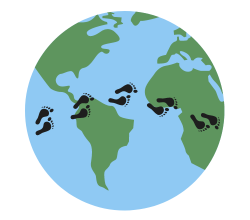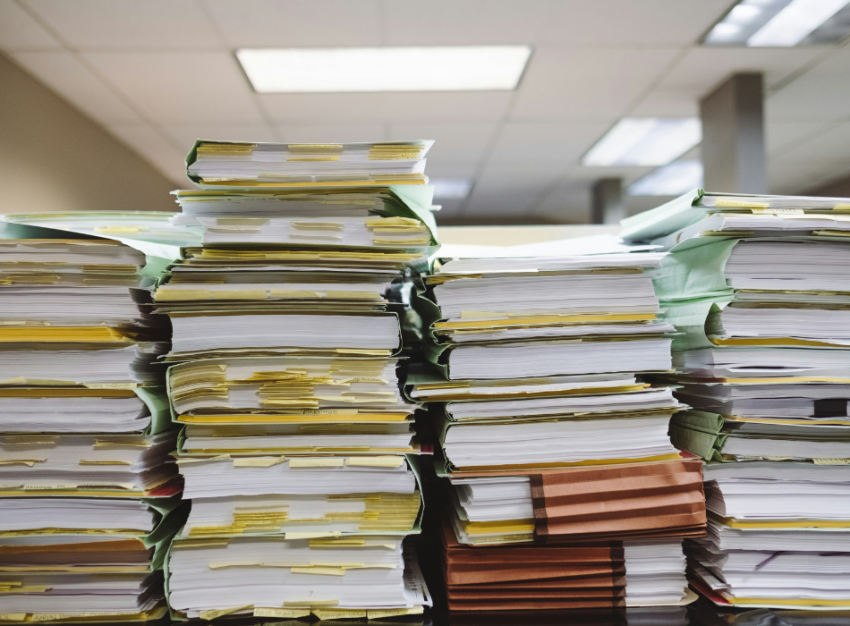I have a bit of a notebook problem. On my desk, behind my laptop, I have a pile of notebooks. In my closet, I keep more old notebooks. And when I moved from Halifax back to Ontario, I shipped 11 notebooks to my parents’ house (which are now sitting in boxes in my old room, rarely looked at).
There are a few reasons that I have so many notebooks: I prefer taking notes by hand. I like crossing things off lists. I feel like I won’t remember things unless I write them down. And I feel more creative when I write by hand, so I like to handwrite for journaling and creative writing (though you’ll be happy to know that I type these blog posts).
But we know that paper production uses up natural resources, so in this post I get into ways to reduce paper use and some changes I’m trying to use less paper.
The environmental impacts of paper production and waste
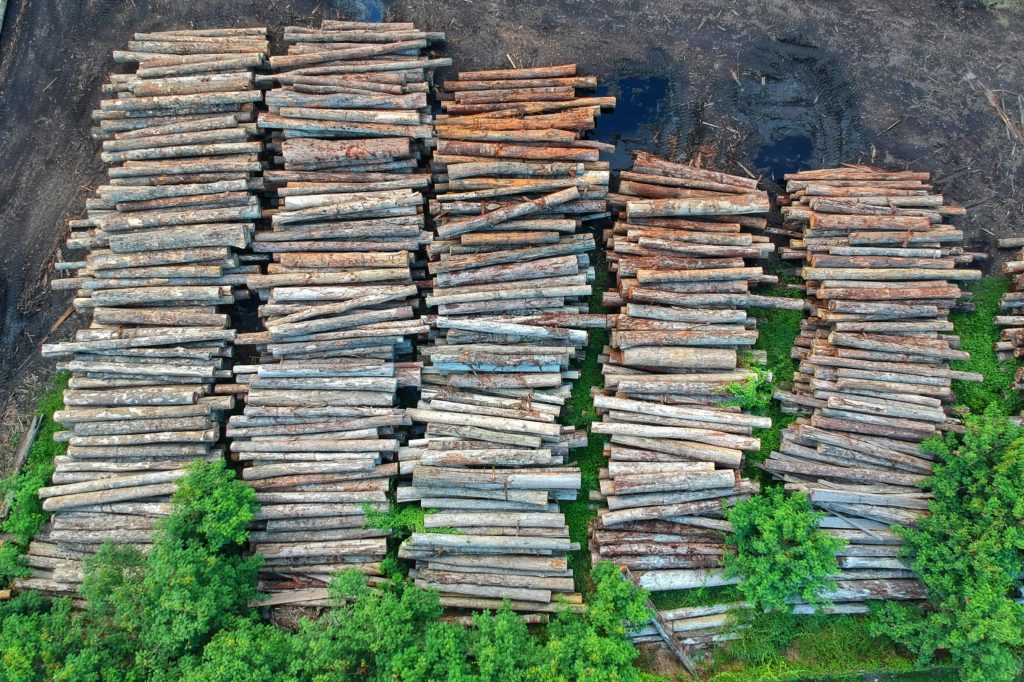
Did you know that the global annual production of paper and cardboard is 420 million tons?
The most obvious environmental impact of paper production is its use of trees. One kilogram of paper requires two to three times its weight in trees. On average, 17 trees are needed to make one ton of virgin paper. 40% of the world’s commercial timber is used to make paper. And illegal deforestation can spark social conflicts and endanger wildlife.
Paper production also uses large quantities of energy and water. The paper industry is the fifth largest consumer of energy in the world, accounting for 4% of global energy use. In most industrialized countries, the pulp and paper industry is the largest industrial user of water. It takes about 300 to 400 tons of water to produce one ton of paper. Paper mills may also discharge pollutants into local waterways.
If you look at paper waste, paper accounts for about 26% of waste at landfills (though really it should be recycled!). When paper rots, it emits methane, a greenhouse gas that’s significantly more potent than carbon dioxide. All in all, from production through disposal, paper negatively impacts our planet.
Tips for reducing paper use
Thankfully, there are lots of options for reducing paper use so you can reduce your contribution to these environmental issues.
Use both sides of pieces of paper
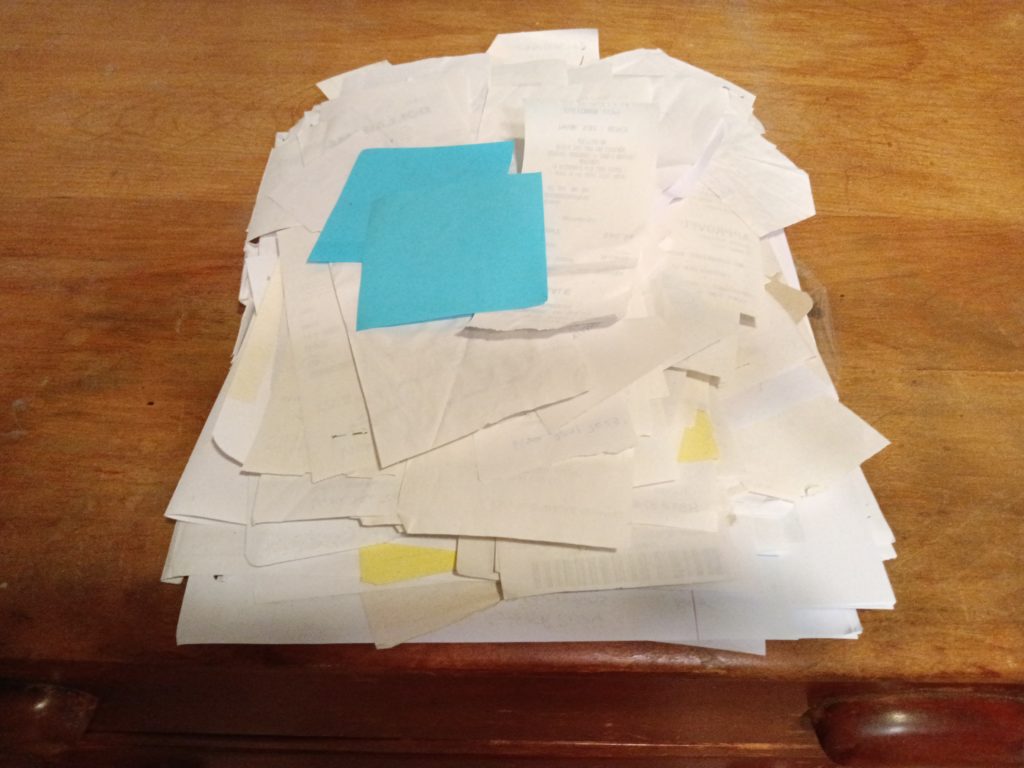
This may seem obvious, but using both sides of a piece of paper means you get twice as much use out of it! This might mean printing or writing on both sides of a piece of paper, or using old paper as scrap paper—whether that’s a document you printed by mistake, an envelope or an old receipt. You can use scrap paper for taking notes, sketching, writing your grocery list, doing calculations or other rough work, or whatever else strikes your fancy.
Growing up, my family had a drawer full of scrap paper. These days, I keep a pile of scrap paper on top of my dresser. However, the tidier solution would be to set up a bin for collecting scrap paper (if you need inspiration, check out EcoSchools Canada’s tips for setting up a Good On One Side, or GOOS, paper bin).
Take notes digitally
Taking notes digitally helps you avoid the accumulating notebooks problem and can even make it easier to find your notes across devices. This could mean taking notes using your standard word processor or with a note-taking app. As I’ve mentioned, this isn’t a habit that I’ve switched over to yet. I do like to use Google Keep to keep track of random notes and lists.
For more robust note-taking, there are other options as well, including Evernote, Microsoft OneNote, Apple Notes and Notion. The benefit of these kinds of apps is that they have other features to help you manage your work and life as well, like calendars and task reminders.
If there are any note-taking apps you use, I’d love to hear about them!
Save and edit documents electronically instead of printing them

When possible, save documents in your computer files or on the cloud instead of printing them. This has the added benefit of taking up less space since you don’t need to store physical documents.
There are many options today for collaborating electronically when editing documents, whether that’s Google Docs or Track Changes in Microsoft Word. You can often also sign documents electronically.
When switching over to electronic files, be wary about taking up too much digital space. Both paper and digital have environmental impacts, but it’s difficult to compare them because these media are so different from each other.
Print less
Did you know that half of all documents printed are tossed within 24 hours?
There are a few things you can do to reduce the number of pages you print:
- Think before you print about whether the print job is necessary
- Proofread before printing to catch any errors
- Print double-sided
- Print only as many copies as you need
- Print only the pages you need
- Reduce margins and font size to get your document on fewer pages
If you can get by without one, not owning a printer helps as well because then it’s more effort to print documents!
Get your bills, bank statements and receipts electronically
Many banks and credit card companies provide the option to receive statements and other communications electronically. Signing up to receive your bank statements and bills digitally is an easy way to cut down on the paper you receive.
Similarly, some small businesses are able to send receipts to your email, again eliminating a source of paper.
Read e-books, audio books or used/borrowed books
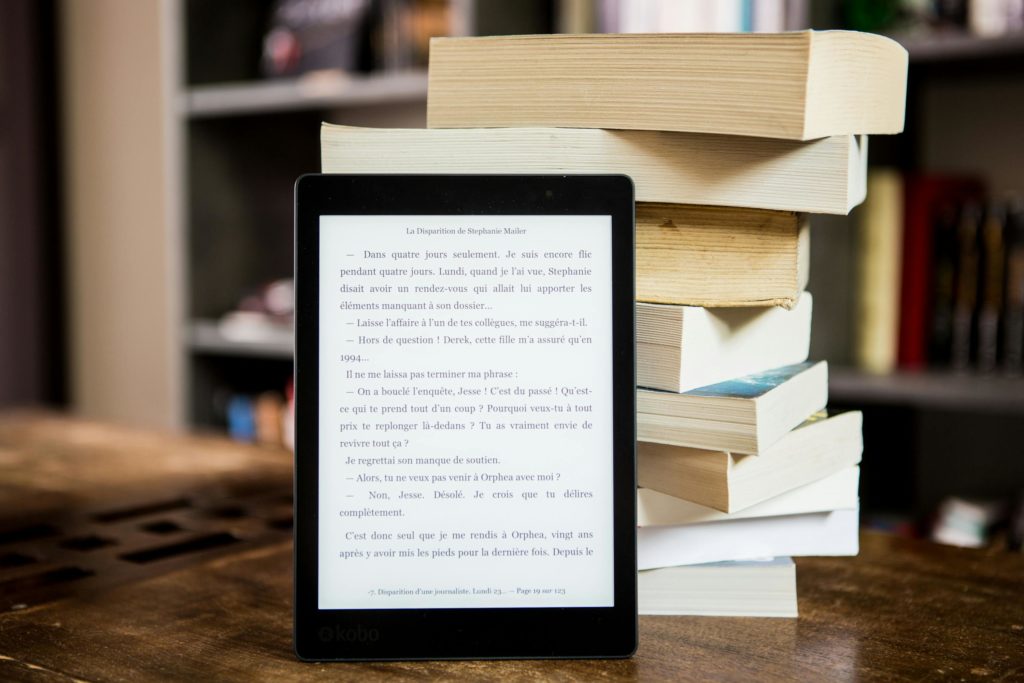
Buying new books adds to your paper footprint—especially given that you may only read the book once. For any bookworms out there, there are more sustainable options for reading, including reading an e-book, listening to an audio book, borrowing from the library or a friend, or buying a used book.
I’ve always been a stickler for print books. In fact, when I was in elementary school, I gave a presentation about why print books are better than e-books. However, when the Toronto Public Library experienced a cyber-security incident last fall and I couldn’t order books, I downloaded a book to my phone and did see some benefits—particularly not having to carry around a heavy book with me!
If you’re open to online reading, there are other things you can read electronically as well, including newspapers, magazines, dictionaries, recipes and sheet music.
Reuse paper for other purposes
Who said paper was just for writing? Once a piece of paper has reached the end of its life, there may be other things you can do with it. For example, you can use paper for protecting fragile items when moving, wrapping gifts, doing arts and crafts, or starting a fire.
When you’re done with the paper, make sure to recycle it (as long as it’s not soiled with food).
Bonus: Buy better paper
Though this tip doesn’t affect the quantity of paper you use, using recycled paper does reduce the environmental impact of your paper use.
Did you know that paper can be recycled five to seven times? Recycling one ton of paper can save 17 trees, 7,000 gallons of water and 463 gallons of oil—not to mention more than 3.3 cubic yards of landfill space. The production of recycled paper generates fewer greenhouse gas emissions and uses less energy and water compared to the production of virgin paper.
Look as well for paper that’s certified by the Forest Stewardship Council. Paper with the FSC label comes from sustainably managed forests and may also be made of recycled content.
Reducing my own paper use
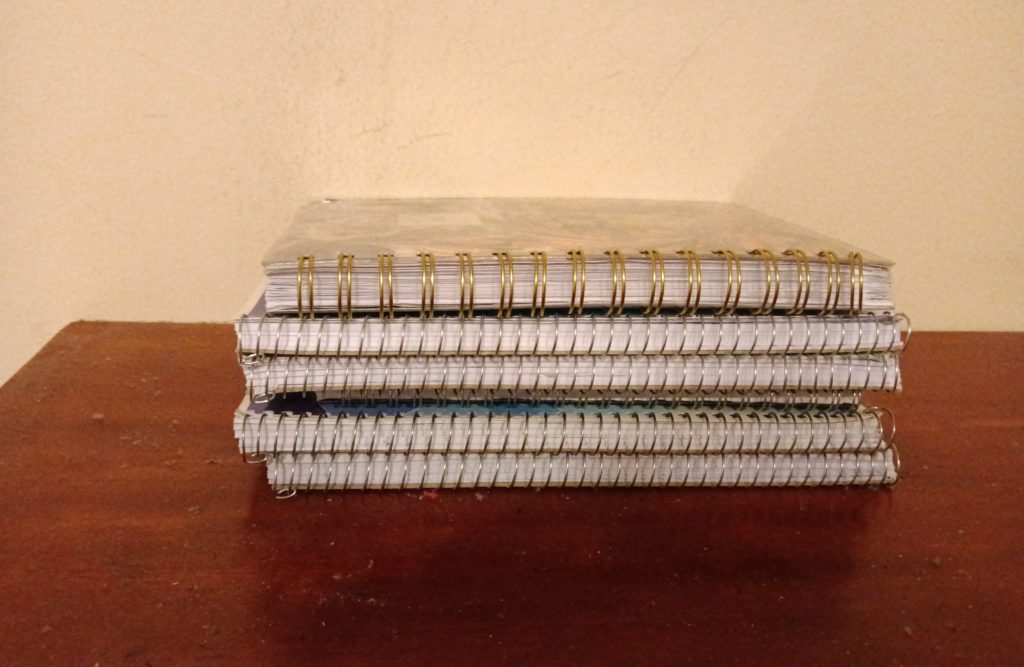
When I look at all the areas of my life that use paper—notebooks, lists of various kinds, books, receipts, sheet music—it gets overwhelming, so I decided to try just a couple changes to start. First, I’ll switch to putting my grocery list on my phone.
Second, I’ll rework my process for tracking my expenses. My current process is rather convoluted, since I either get a paper receipt or write the amount down, then transfer those values to a spreadsheet at the end of the month. Instead, I’ll send myself an email with the amount I’ve spent, then enter that amount directly into my tracking spreadsheet from the email. Still not perfect, but it should reduce the number of paper receipts I get!
Conclusion
Paper is embedded into many areas of our lives, yet its production requires precious resources, including trees, water and energy. I hope this post has given you ideas for reducing paper use in your own life.
I want to know: How do you reduce paper use?
Categories and tags:
Share this post:
